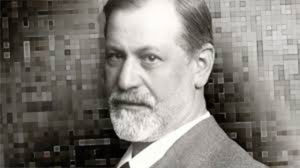Réalité psychique et formes
Résumé
La recherche néonatale et la recherche neurophysiologique laissent supposer que la réalité psychique est déterminée par les formes. D'abord la nécessité des formes pour la perception est discutée, qui démontre la valeur protectrice mais aussi restrictive des formes. Ensuite cette hypothèse est soumise au matériel clinique très divers. Quelques conséquences techniques sont discutées et aussi l'implication pour l'attitude de l'analyste qui est décrit comme suffisamment angoissée.
Samenvatting
Research bij pasgeborenen en neurofysiologisch onderzoek doen vermoeden dat de psychische realiteit bepaald wordt door vormen. Eerst wordt de noodzaak van vormen voor de waarneming besproken, waarbij blijkt dat de vormen een beschermende maar ook een beperkende waarde hebben.Daarna wordt de hypothese getest aan zeer divers klinisch materiaal. Enkele technische gevolgen van deze hypothese worden besproken, alsook wat dit betekent voor de attitude van de analyticus, die hier als "anxious enough" beschreven wordt.
Summary
Infant research and neuroscience gave birth to the hypothesis that forms, moulds are basic elements of psychic reality and that functioning psychically is to a large extent determined by form similarities. First the necessity of forms for perception is discussed, underlining both their protective and restrictive value. The hypothesis is further tested by clinical evidence, diverse in character. Some technical consequences and the implications for the analyst's attitude, which is described as "anxious enough" are touched upon.





